Bamboo yellow grows in provinces such as Jiangsu, Anhui, Fujian, and Zhejiang in China, and is more commonly found in bamboo forests that have now declined or perhaps already declined. This traditional Chinese medicine has the effects of dampness elimination, blood circulation promotion, wind dispelling, phlegm elimination, and cough relief. It is very effective for conditions such as stomach pain, rheumatism, whooping cough, abnormal vaginal discharge, injuries from falls, limb paralysis, and childhood convulsions.
【Ingredients】
Bamboo yellow, white wine
【Preparation】
First, we need to put the bamboo yellow in a clean jar, then pour in the prepared white wine and seal it. After about five days, it can be consumed by opening the lid, or the medicinal wine can be filtered and stored in a clean bottle.
【Efficacy】
This medicinal wine is suitable for daily consumption once in the morning or evening, with a dosage between 5ml to 10ml. However, it is not suitable for patients with skin diseases and has the effect of phlegm elimination and pain relief. But besides these benefits, bamboo yellow wine also has many taboos. Let's learn more about them together with the author below.
【Taboos of Bamboo Yellow Soaking Wine】
However, it should be noted that pregnant women, patients with hypertension, and patients with various skin diseases are not suitable for taking this traditional Chinese medicine, as it may have a negative impact on their health.
First: Dietary Taboos when taking Bamboo Yellow
During the process of taking bamboo yellow, dietary habits should also be noted, especially avoiding sour and spicy foods. Additionally, radishes should not be consumed together with bamboo yellow, as it may alter the medicinal properties of bamboo yellow.
Second: Usage and Dosage of Bamboo Yellow
In general, the most common usage of bamboo yellow is to boil it into a decoction or soak it in wine for consumption. If boiling, a dosage between 6g to 15g should be used, without excessive consumption. If soaking bamboo yellow in wine, besides directly consuming the medicinal wine, it can also be rubbed on the affected areas. This method is suitable for patients with limb paralysis and rheumatism. Regardless of the method of using bamboo yellow, we should choose the appropriate usage and dosage based on specific physical conditions.
Third: Harvesting and Storage of Bamboo Yellow
Usually, bamboo yellow is harvested in winter each year. The bamboo stems are cut first, then the bamboo yellow is extracted from the bamboo poles and dried. The natural yield of bamboo yellow is relatively low, so it is often harvested by burning the bamboo forest. After the bamboo is burned, the bamboo resin will overflow and solidify at the joints, so it is enough to directly break open the bamboo pole and extract the bamboo yellow. Alternatively, we can manually drill holes in the green bamboo skin, which can also produce bamboo yellow.
Fourth: People who are not suitable to take Bamboo Yellow
In conclusion, if you have a skin disease, especially patients with dyshidrotic eczema and onychomycosis, do not take bamboo yellow to prevent worsening of the condition. In addition, pregnant women, patients with hypertension, patients with weak spleen and stomach, and patients without damp-heat phlegm-fire are also not suitable for taking bamboo yellow, as it may have adverse effects on their health.



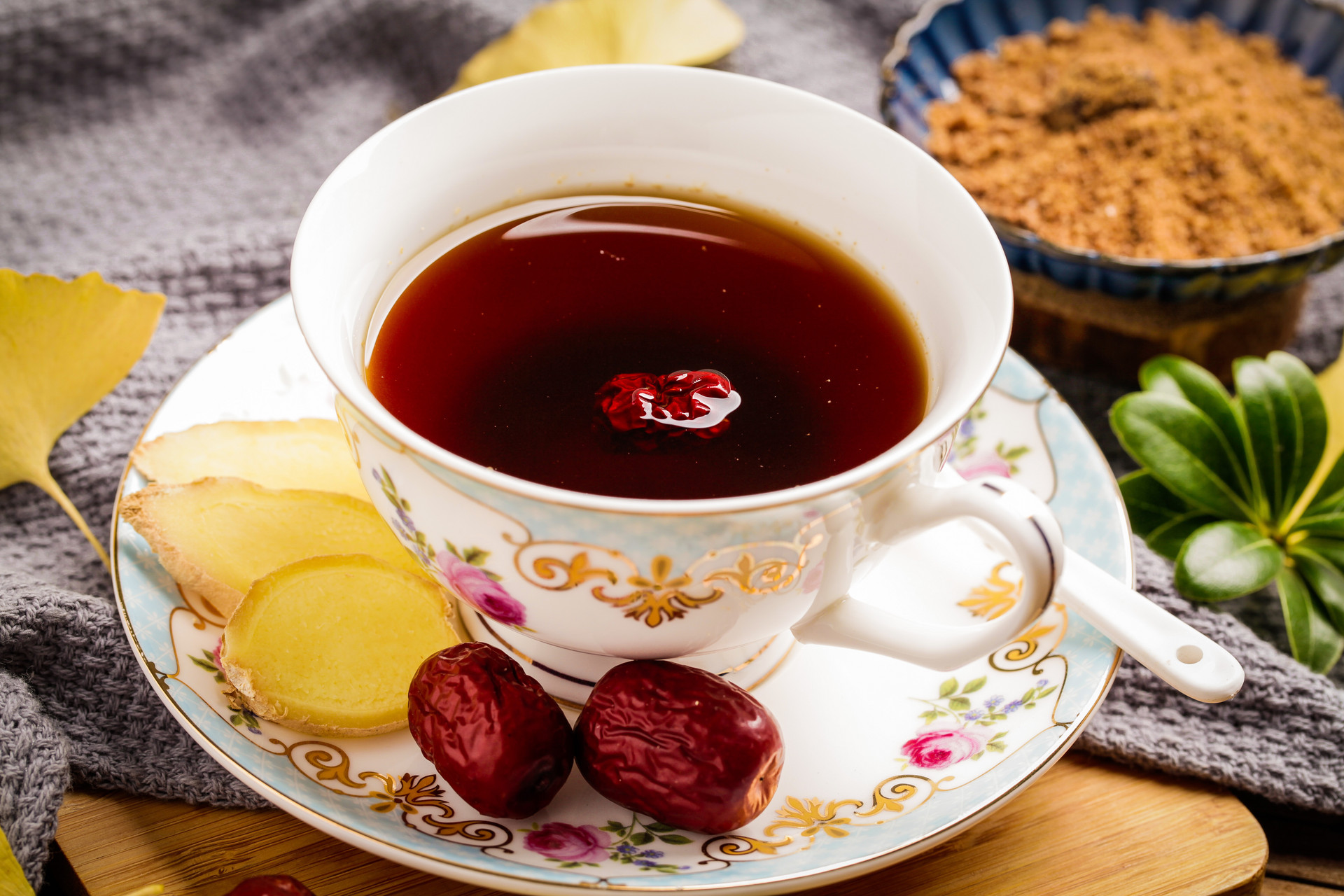
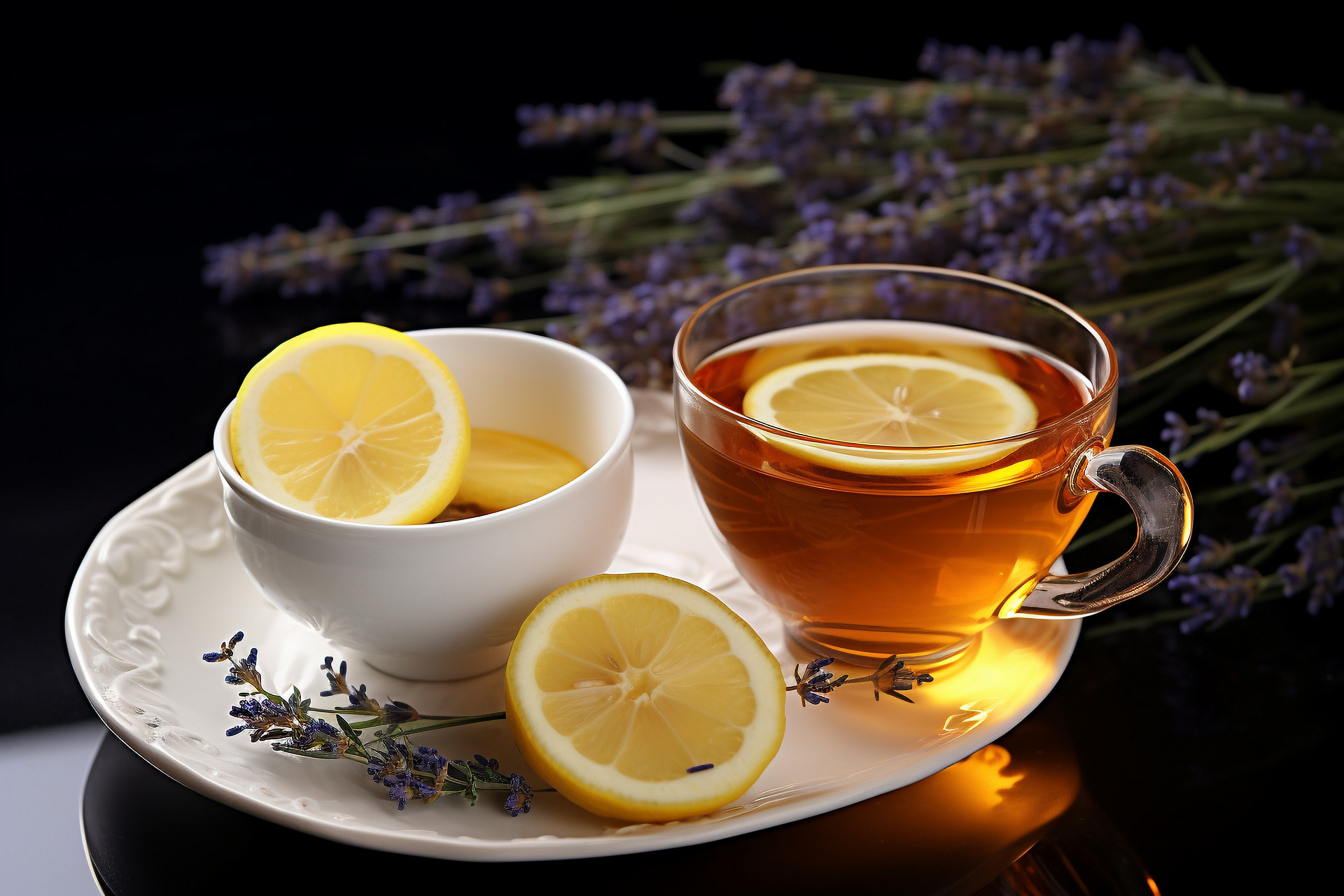
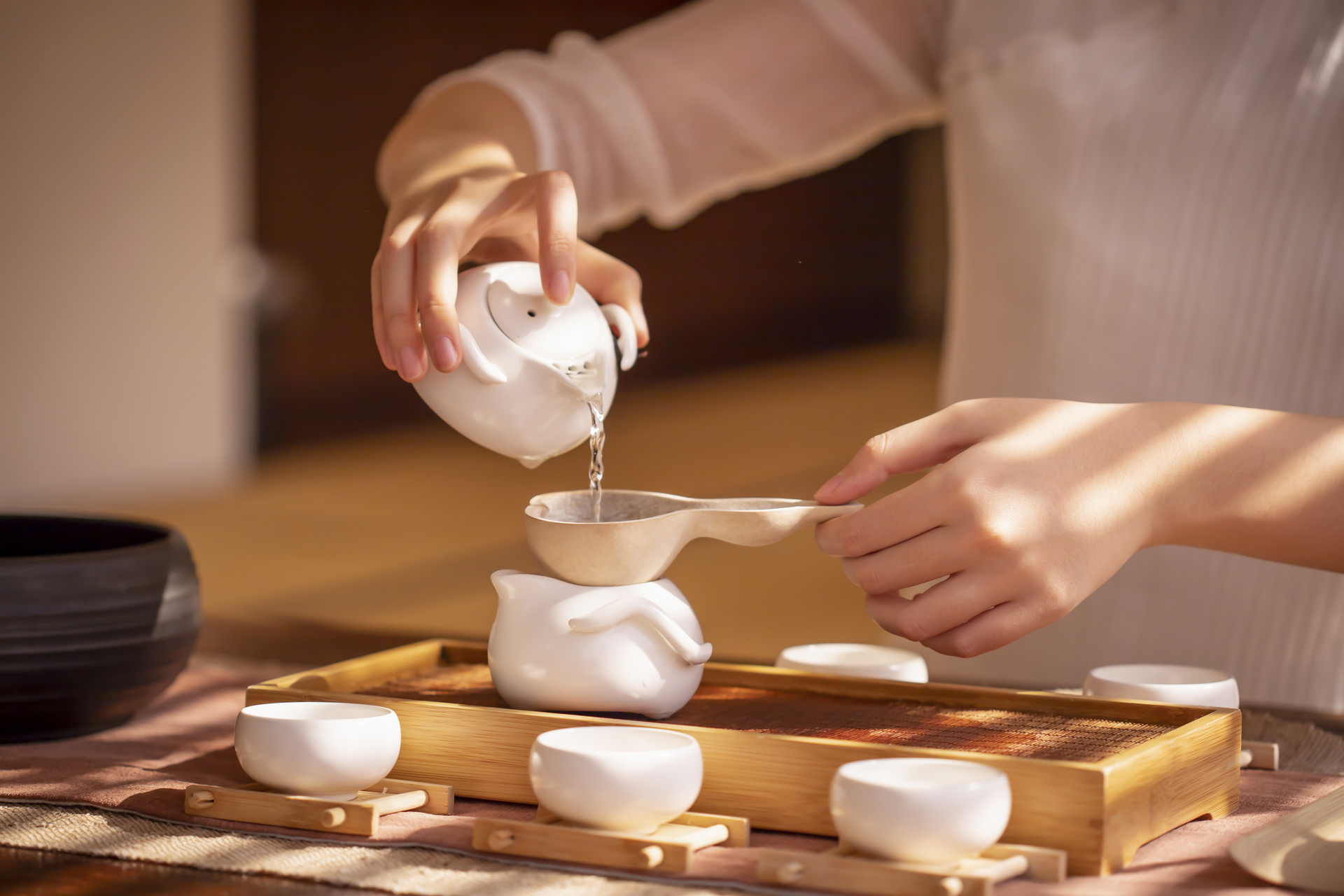
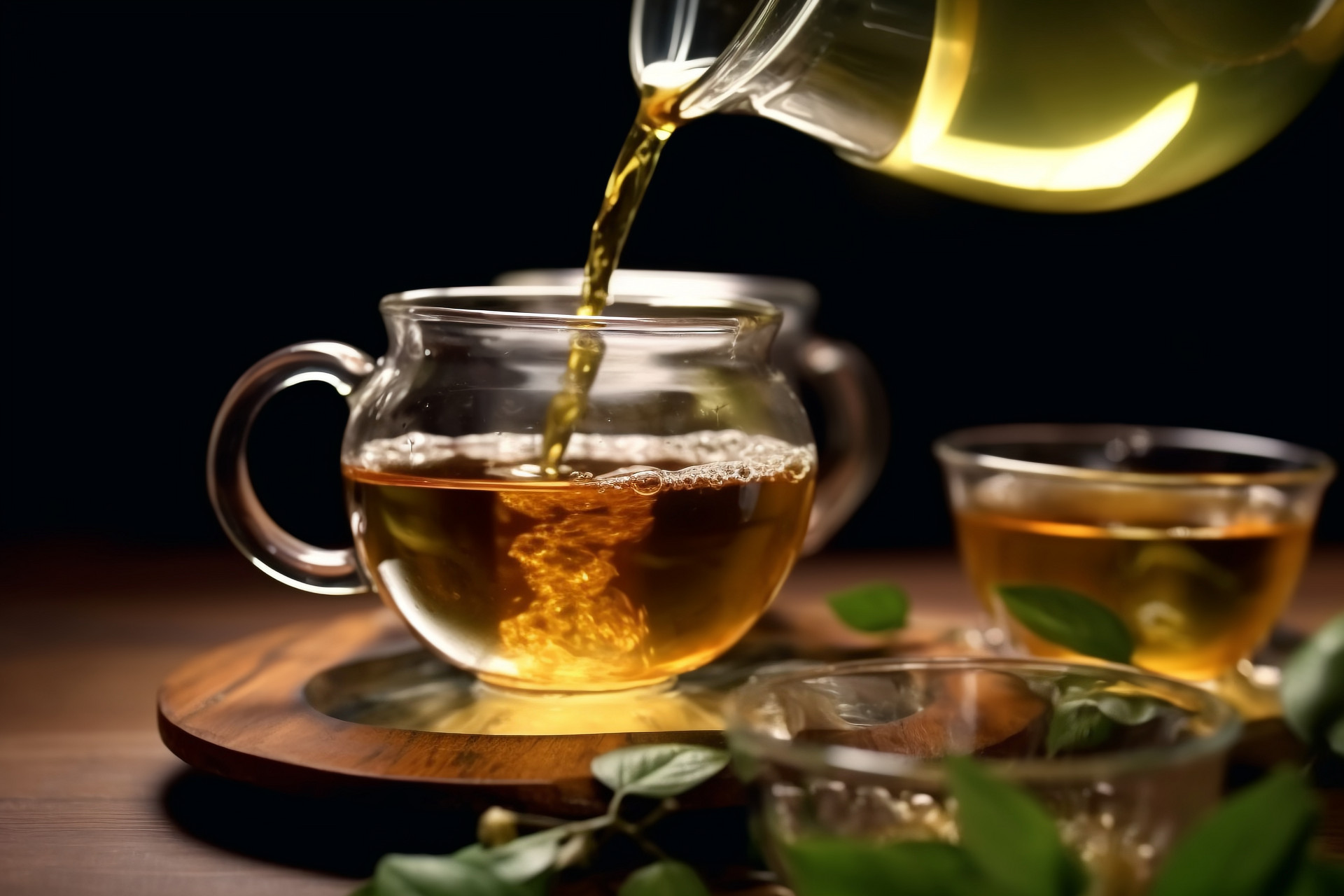

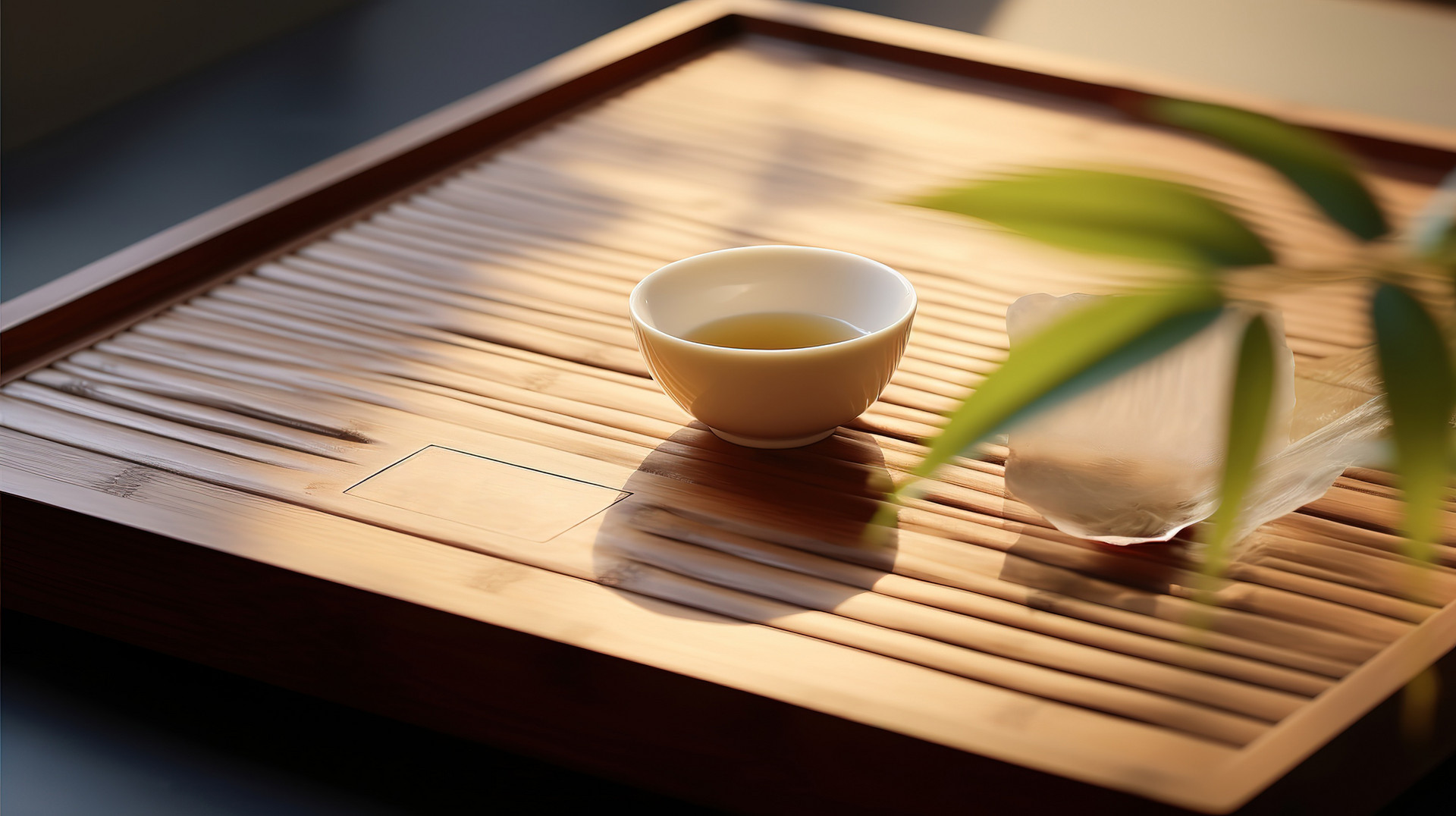
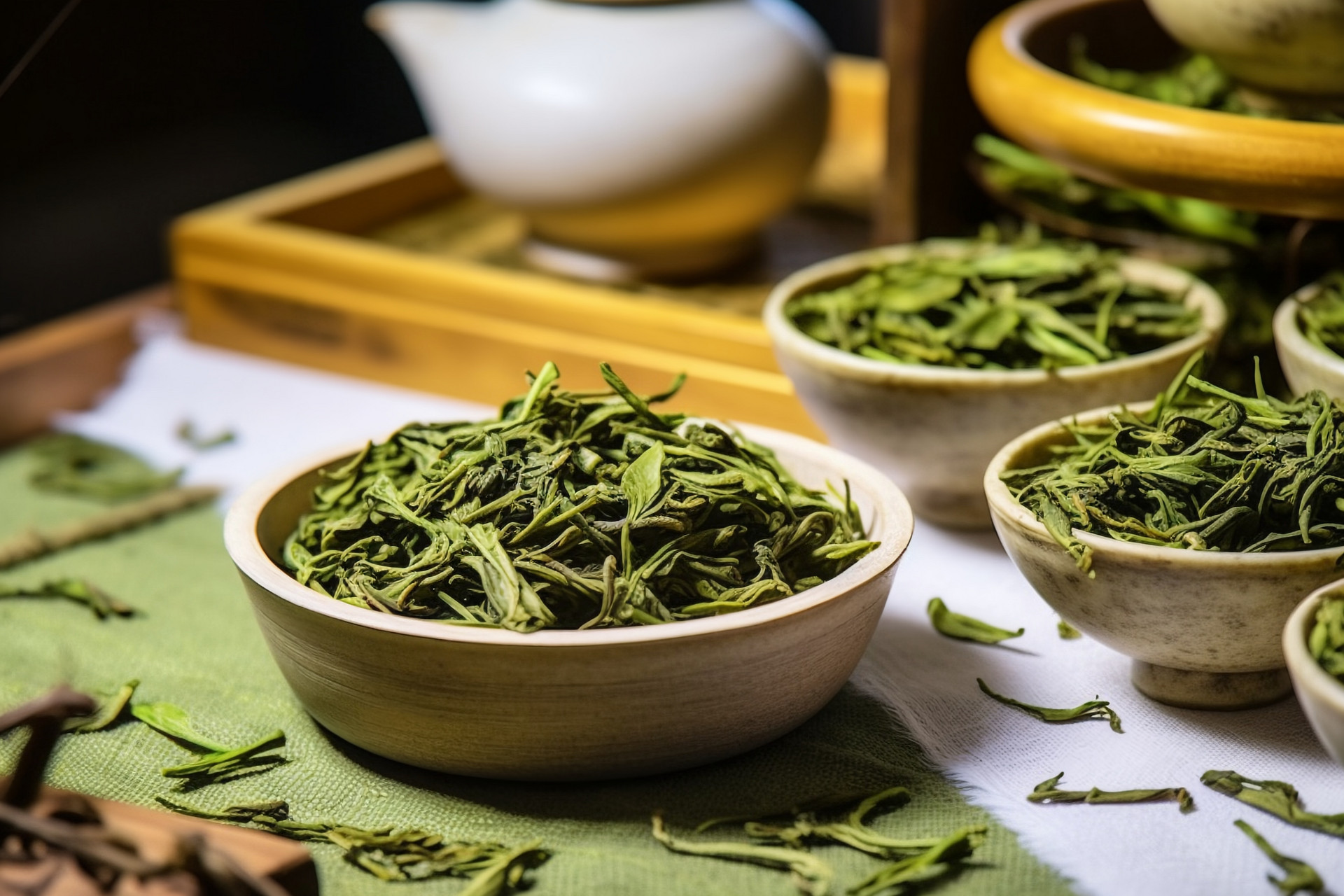
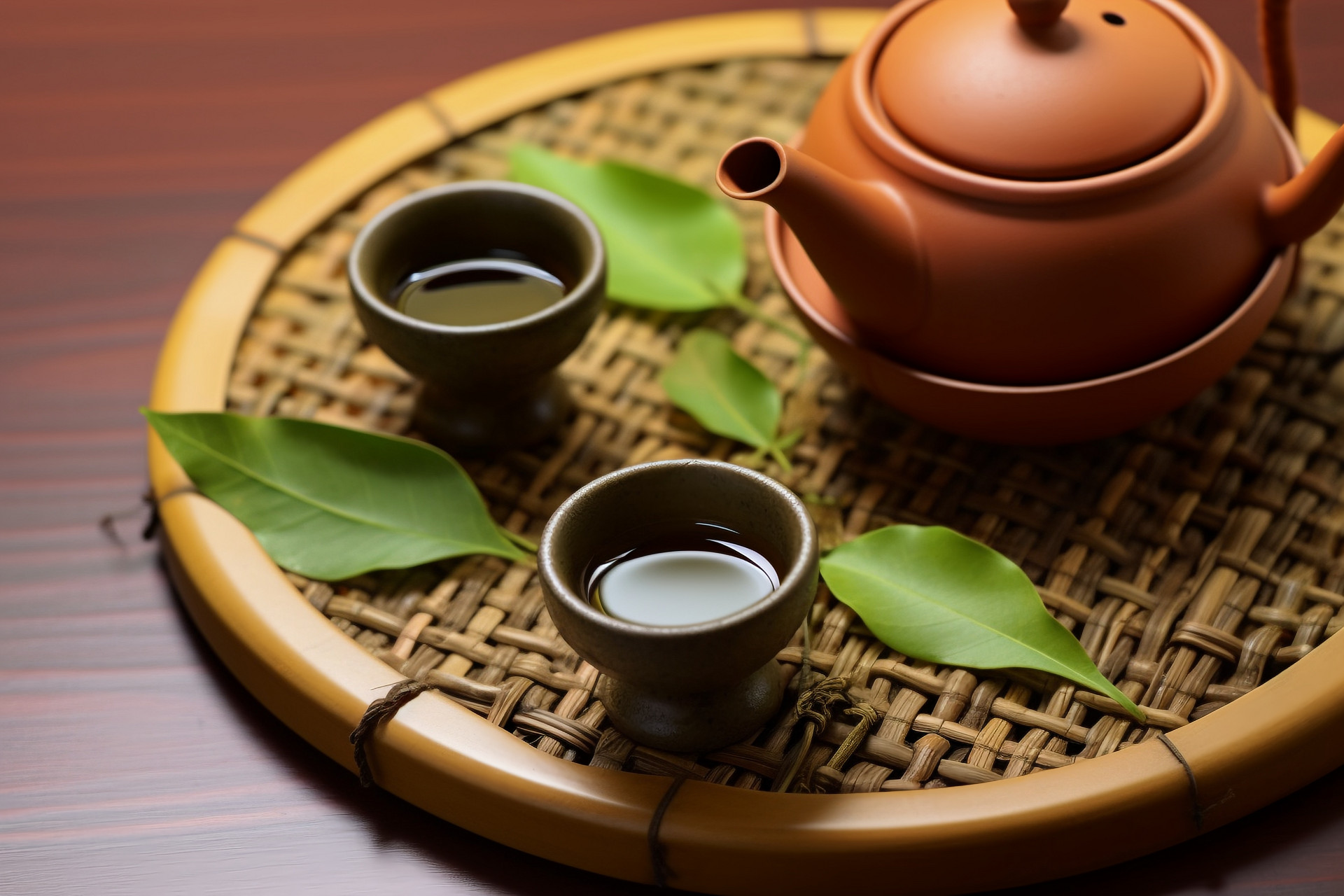
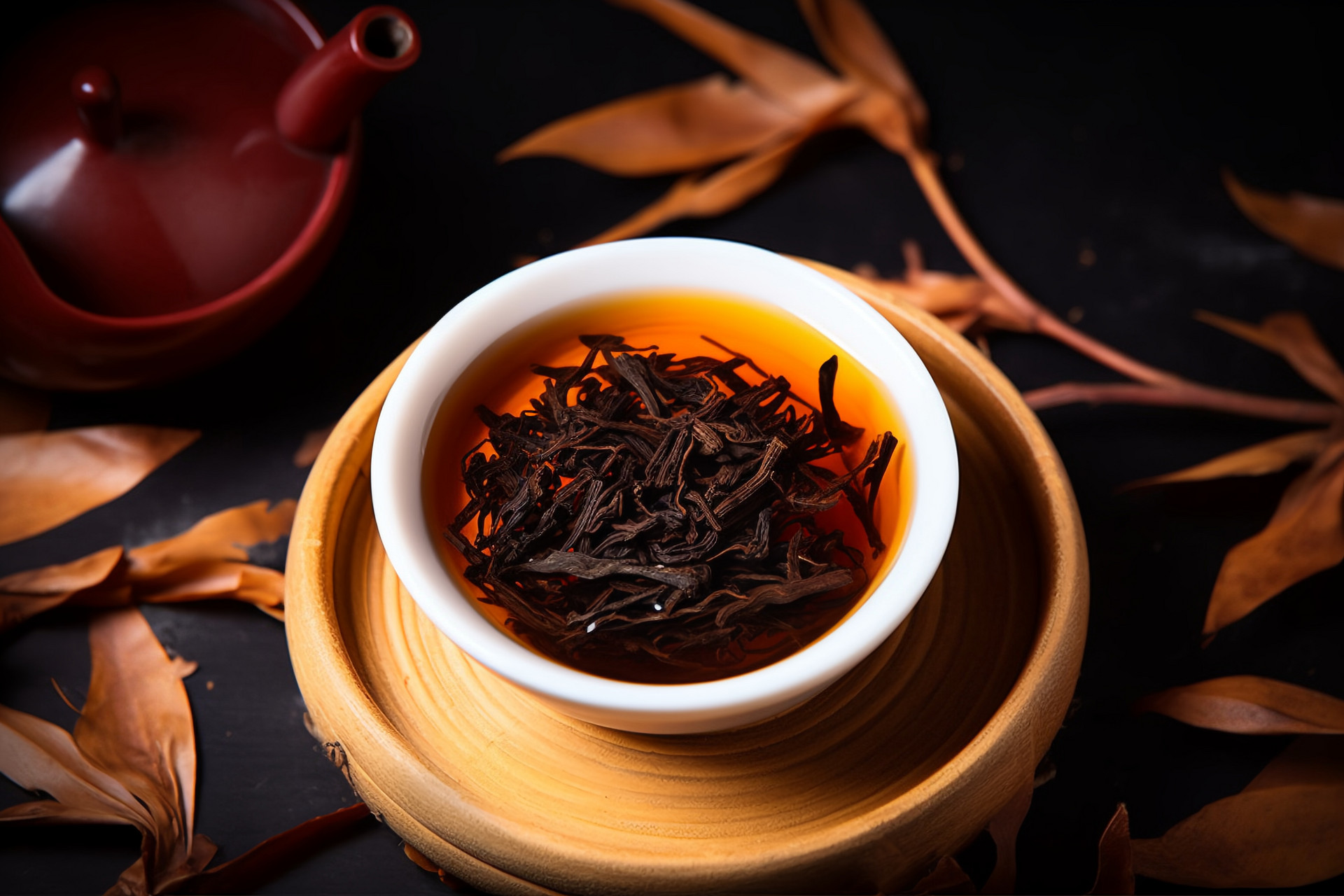
![[Herbal Wine Recipes for Health and Beauty]](https://tcmmaintenance.com/uploads/20240715/7241f6b6eafdaed88c28b26a37213964.jpg)